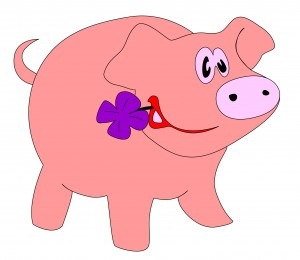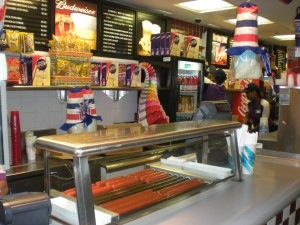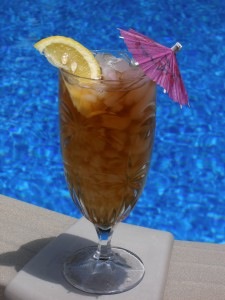No kidding. You tend to eat for a longer amount of time — and eat more — when you’re with people you like compared to when you eat alone. It could be because you mindlessly nibble while someone else talks, you’re using the good manners you were taught in fifth grade about not letting someone else eat alone, or you’re just having fun and enjoying your food. Most of us tend to stay at the table longer when we’re with others. Bottom line: The longer you stay at the table, the more you eat.
Losing Track
Here’s the other thing: friends and family influence what you eat. Sometimes, it’s so easy to get involved with the conversation (or argument) that all the monitoring of what goes into your mouth goes out the window. Look down at your plate. Did you ever wonder where all the cookies went or how you managed to work your way through the mile high dish of pasta or the four pieces of pizza? How many tastes did you take of everyone else’s meal and dessert? Those tastes aren’t like invisible ink. Those calories count, too.
Who Sets the Pace?
You tend to mimic your table companions. They eat fast, you eat fast. They eat a lot, you eat a lot. Ever wonder why you look at some families or couples and they’re both either heavy or slender? As Brian Wansink, PhD says in his book, Mindless Eating, “birds of a feather eat together.”
96% More
Wansink reports on a study that shows how strong the tendency is to increase the amount that you eat when you eat with others. Compared to eating alone, you eat, on average:
- 35% more if you eat with one other person
- 75% more with four at the table
- 96% more with a group of seven or more.
SocialDieter Tip:
Think about who you are eating with – and why you’re eating with them. If you want to have a blast and don’t care about how much you eat – eat with a big group and chow down. But, if you want to be careful about what and how much you eat, think about eating lunch with a salad (dressing on the side, please) friend rather than the large pepperoni pizza group. Remember, without thinking about it, you tend to adjust your eating pace to that of your companions. So, sit next to the slow eaters rather than the gobblers if you are trying to control how much goes into your mouth.







